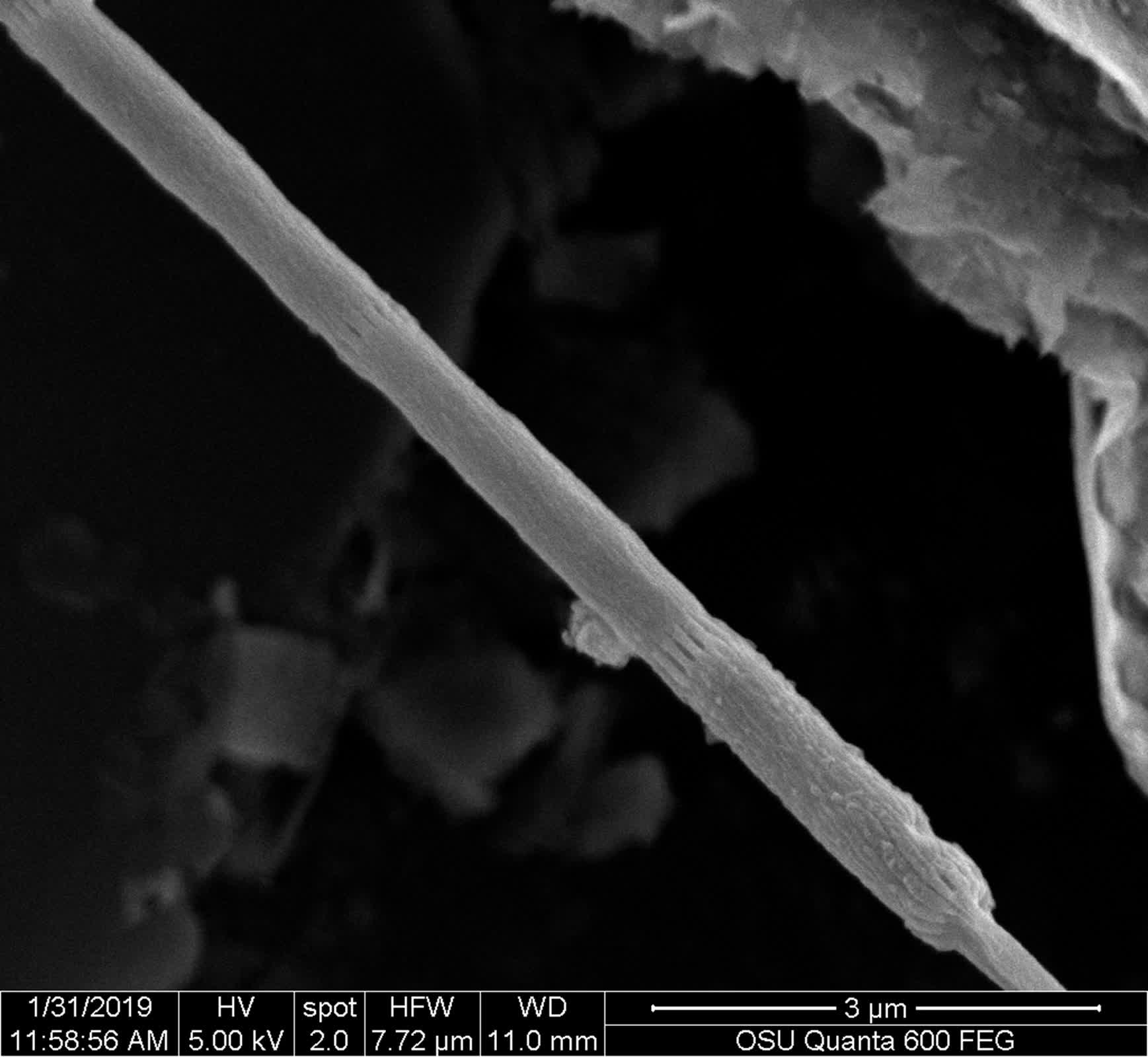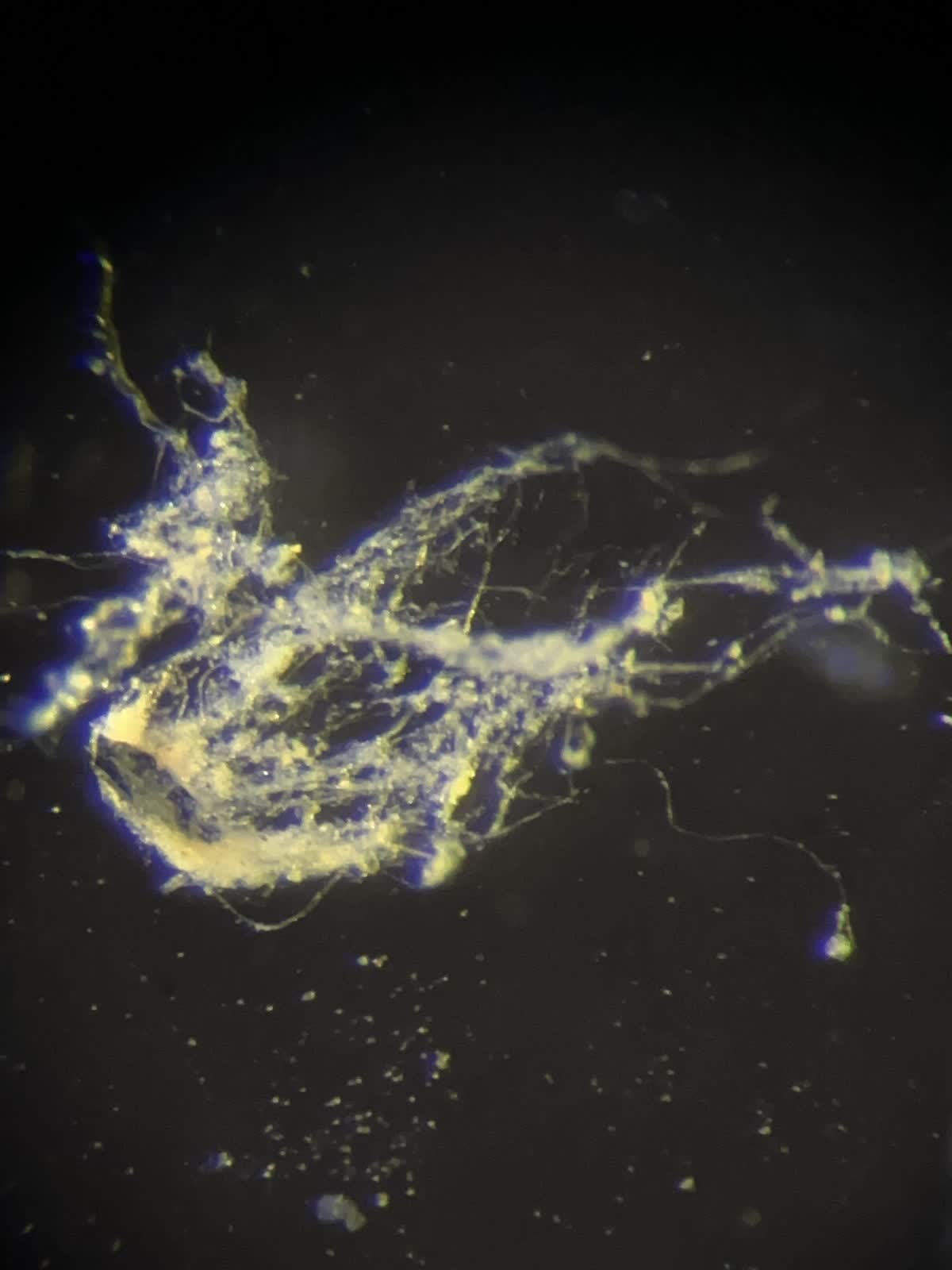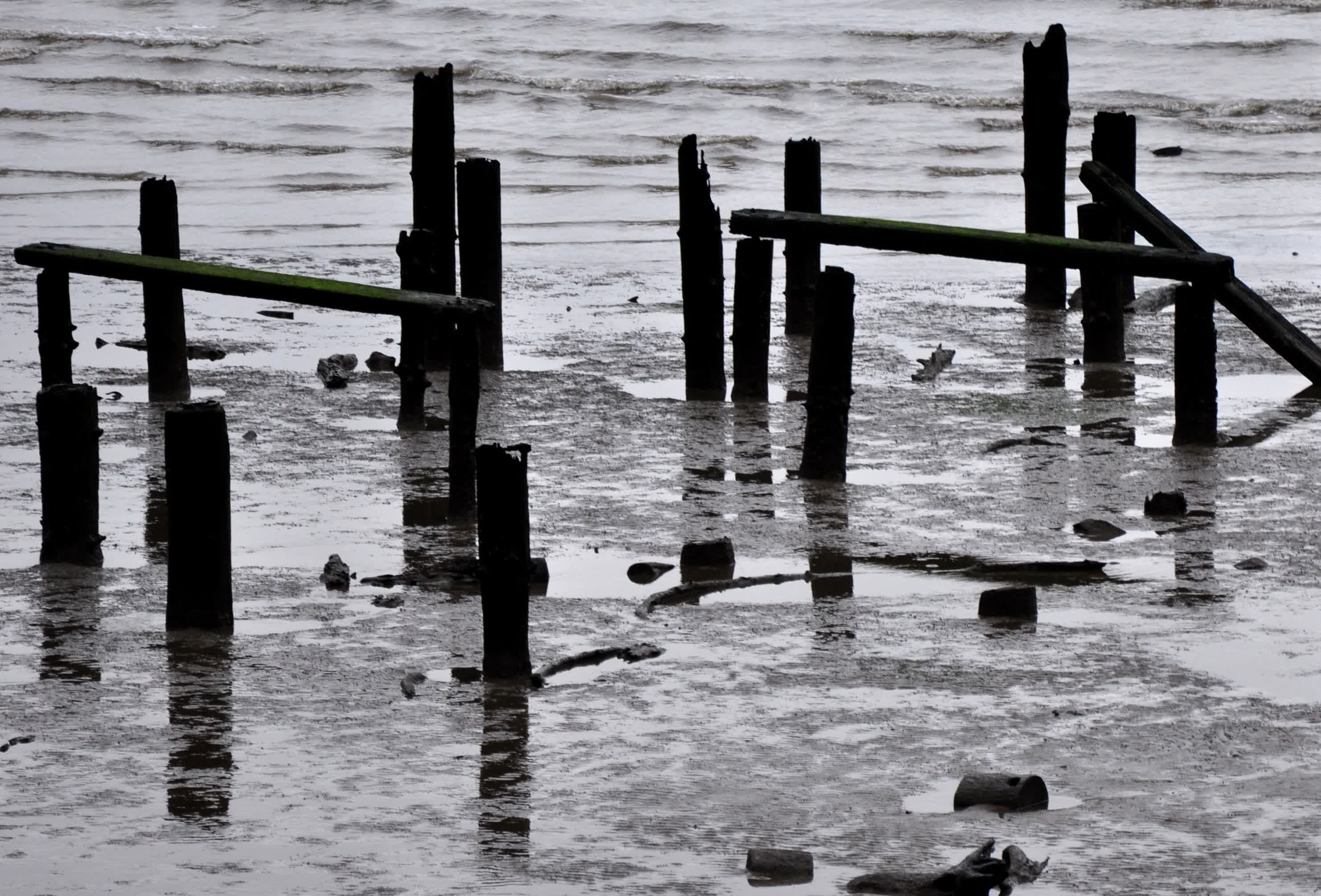Forward-looking: Scientists have discovered a new species of cable bacteria that uses distinctive nickel-based fibers to conduct electricity, revealing key insights into its evolutionary history. This discovery offers potential for new bioelectronic applications and environmental cleanup technologies.
Scientists have identified a new species of bacteria in the mudflats of Oregon's Yaquina Bay that is capable of conducting electricity, a property uncommon among living organisms.
Oregon State University researchers identified the bacterium, Candidatus Electrothrix yaqonensis, which is named in honor of the Yaqona people, the Indigenous inhabitants of the region where the discovery was made.
The findings, published in the journal Applied and Environmental Microbiology, describe how this cable bacterium forms long filaments by connecting rod-shaped cells end to end, with a shared outer membrane.

These filaments can stretch several centimeters, acting as natural electrical wiring within the sediment. The bacteria's unique conductivity is not just a biological curiosity; it plays a critical role in optimizing their metabolism by enabling long-distance electron transport.
Cheng Li, then a postdoctoral researcher, and Clare Reimers, distinguished professor emerita at Oregon State University, identified the new cable bacteria species from intertidal sediment samples collected in the Yaquina Bay estuary.
"This new species seems to be a bridge, an early branch within the Ca. Electrothrix clade, which suggests it could provide new insights into how these bacteria evolved and how they might function in different environments," Li said.

Li added that the new species is notable among cable bacteria for its exceptional metabolic capabilities and unique structural characteristics, such as prominent surface ridges – up to three times wider than in other species – that contain highly conductive fibers composed of distinctive nickel-based molecules.
These conductive fibers allow the bacteria to perform long-distance electron transport, connecting electron acceptors such as oxygen or nitrate at the sediment surface with electron donors like sulfide deeper in the mud. This ability to facilitate reduction-oxidation reactions over significant distances gives the bacterium a vital role in sediment geochemistry and nutrient cycling.
The practical implications of this discovery are significant. "These bacteria can transfer electrons to clean up pollutants, so they could be used to remove harmful substances from sediments," Li said. "Also, their design of a highly conductive nickel protein can possibly inspire new bioelectronics."
Such applications could range from environmental remediation to the development of innovative bioelectronic devices for medicine, industry, and environmental monitoring.
The research involved scientists from several institutions, including the University of Antwerp, Delft University of Technology, and the University of Vienna. It was supported by organizations such as the Office of Naval Research and Oregon Sea Grant.
Masthead: Brian Hoffman
